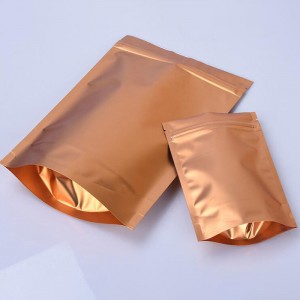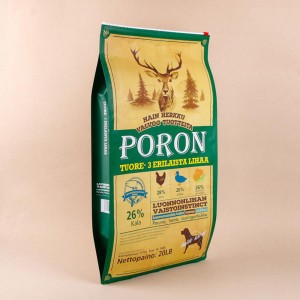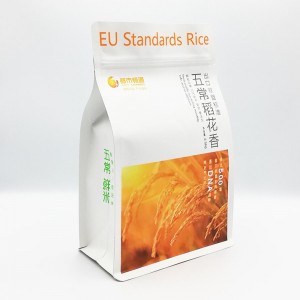
Child Resistant Stand Up Pouches for Cannabis
Why choose a Child Resistant Pouch:
Great shelf presence: Tell your story by taking advantage of high resolution print on both front and back panels. Mix up your designs with a variety of popular looks including matte, gloss and metallic finishes.
Space efficient: Child resistant pouches fold down flat when not in use, which makes it easier to store than a tub or pill bottle of comparable volume.
Extended shelf life: Pouches are excellent at keeping the smells in, and keeping the contents inside fresh, when a barrier layer is included.
Easy filling: Pouches are easy to manually fill by hand, or with a funnel or scoop.
Did you know?
Child resistant pouches are perfect for cannabis exit bags, as they are smell proof, easy to fill, and meet the packaging requirements for child proof packaging.
StarsPacking, a leading provider of packaging, sealers and sorbent systems, has announced the availability of “child-resistant” pouches to combat accidental ingestion of poisons by children, especially curious toddlers.
Our child-resistant pouches (child proof bags) are designed to meet ASTM (American Society for Testing and Materials) D3475 Child Resistant standards.
Easy For You, Tough For Tots
With the proliferation of consumer products that resemble candy or treats, there’s been an uptick in incidents of accidental poisoning. Our pouches can drastically reduce these tragic incidents by offering special child resistant packaging shaded to minimize interest by curious children. Various sizes of the pouch can be made by StarsPacking upon request. Contact StarsPacking for labeling and custom print services and pricing.
StarsPacking’s modified pouches require two handed dexterity to open the package. It’s easy for adults to open and access the contents, but extremely difficult for children to do so. These child proof bags are great for all sorts of products, from cleaning “pods” that resemble hard candy to medical marijuana.
Each year in the US 800,000 children are rushed to the emergency room, victims of accidental poisoning. About 90 percent of those poisonings occur in the home.
















